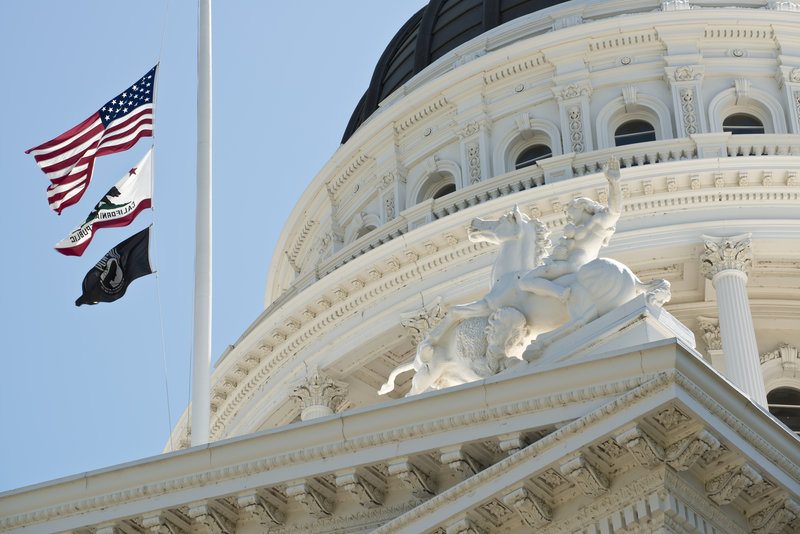
The California Department of Resources Recycling and Recovery released a revised informal draft of SB 54 regulations. | Michael Warwick/Shutterstock
The California Department of Resources Recycling and Recovery released a revised draft of SB 54 regulations, two months after the governor rejected the first version of the extended producer responsibility for paper and packaging rules.
At a May 16 SB 54 advisory board meeting, Karen Kayfetz, CalRecycle branch chief for the product stewardship branch, said an informal workshop on the new draft informal regulatory text will be held May 27, after which the draft text will be submitted to the state Department of Finance – the first step in starting the formal rulemaking process.
In March, Gov. Gavin Newsom declined to accept the draft regulations that CalRecycle submitted, citing concerns over costs for businesses and consumers. The decision forced the agency and stakeholders to start a new rulemaking process under the same statutory deadlines.
Many of the timeline changes that producer responsibility organization Circular Action Alliance suggested at the April board meeting ended up in the draft, including having the de minimis weight and volume of components set prior to the approval of the PRO plan, allowing CAA to shorten their internal plan review periods this cycle, and revising the reporting increments from monthly to annual.
In addition, CAA will be allowed to use a simplified eco-modulation fee schedule for the first two years of the program.
Kayfetz said the changes were made to achieve better operational readiness. Shane Buckingham, EPR program planning lead for CAA, said the updates “will greatly support implementation” and that CAA and CalRecycle had worked together to find solutions.
Additionally, the exemptions issued to companies for specific materials that need more time for research and development to come into compliance now have a default length of two years, instead of one, and could extend up to five years to allow for robust R&D, as manufacturers had suggested.
The materials categories got small tweaks and updates, and CalRecycle deleted the requirement for PROs to perform randomized material tracking and the section on source-reduction adjustment calculations.
In the first draft, the source reduction plan could be adjusted to “account for fluctuations in economic conditions and the increase or decrease in the number of producers participating in the PRO plan.”
Some definitions were also updated to clarify obligated producers.
Kayfetz said the updates were “not a departure of the meaning and intent, but a reorganization and revision to simplify that process of identifying who the producer is.”
The language in the categorical exclusion section was made “more robust,” she added, and the section on exemptions for reuse and refill containers was overhauled after substantial feedback that it was too prescriptive and expressing “concern the bar was being set in a way that would limit innovation in this area.”
“We simplified the language there to keep that door more broadly open for innovation and new ways of providing refill and reusable packaging,” Kayfetz said.
There are no longer requirements for reusable and refillable containers to be “sufficiently durable” or “sufficiently washable,” and the majority of text in that section has been struck.
CalRecycle also decided to delete the section giving details on multiple PROs, with Kayfetz noting that “this rulemaking is not the right time to give details on how to set up and integrate other PROs.”
The requirement for new and emerging technologies to be tested was moved into the responsible end market identification section, and the onus was placed on the facility requesting that a new technology be considered eligible to prove that it meets the requirements.